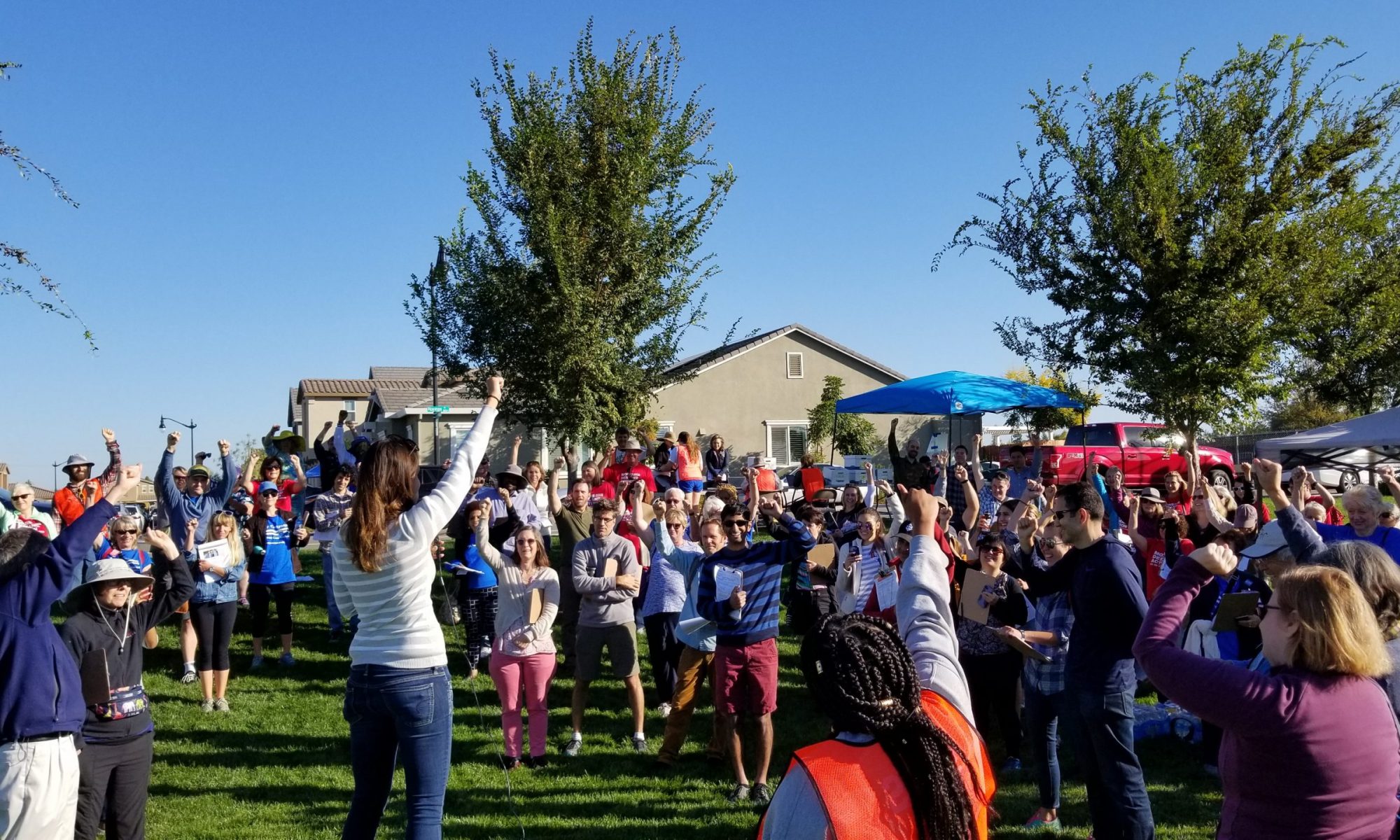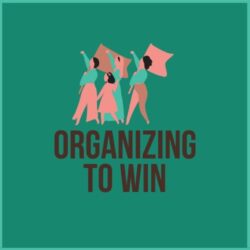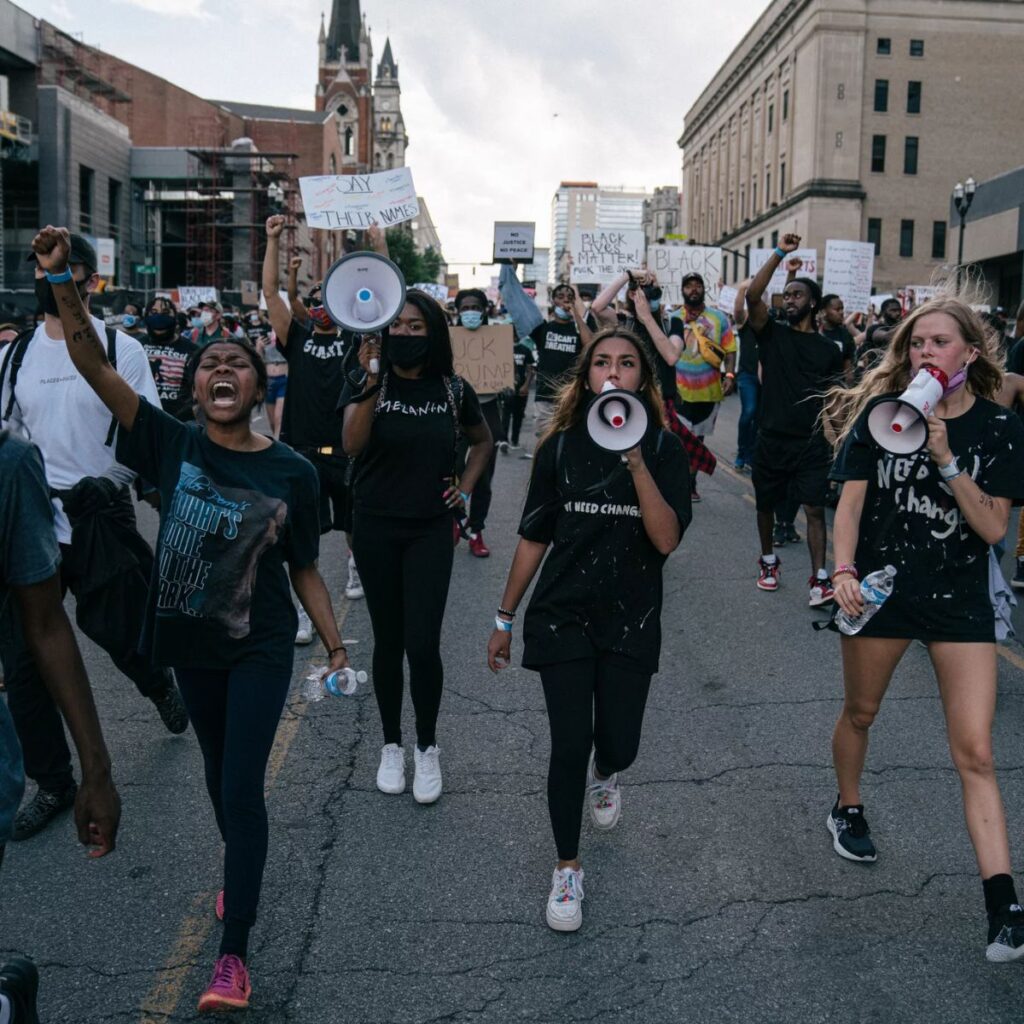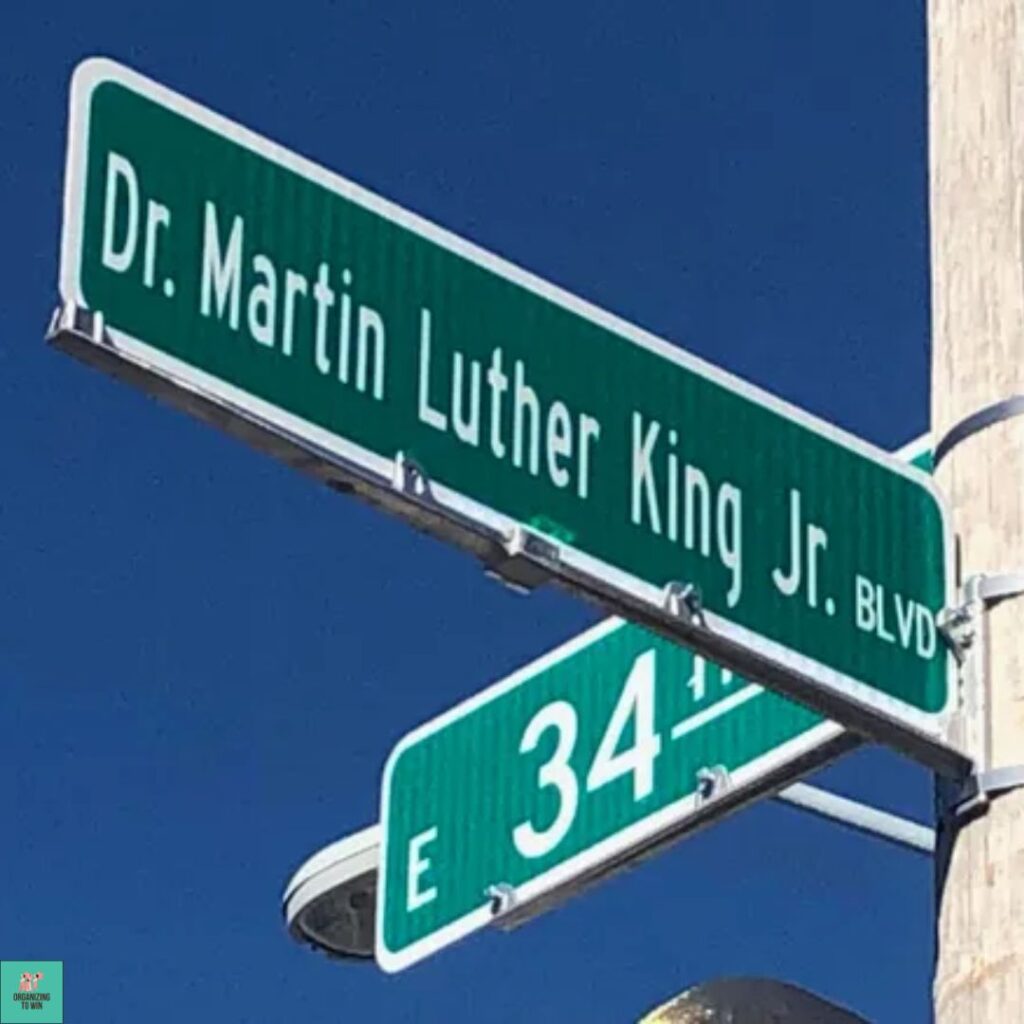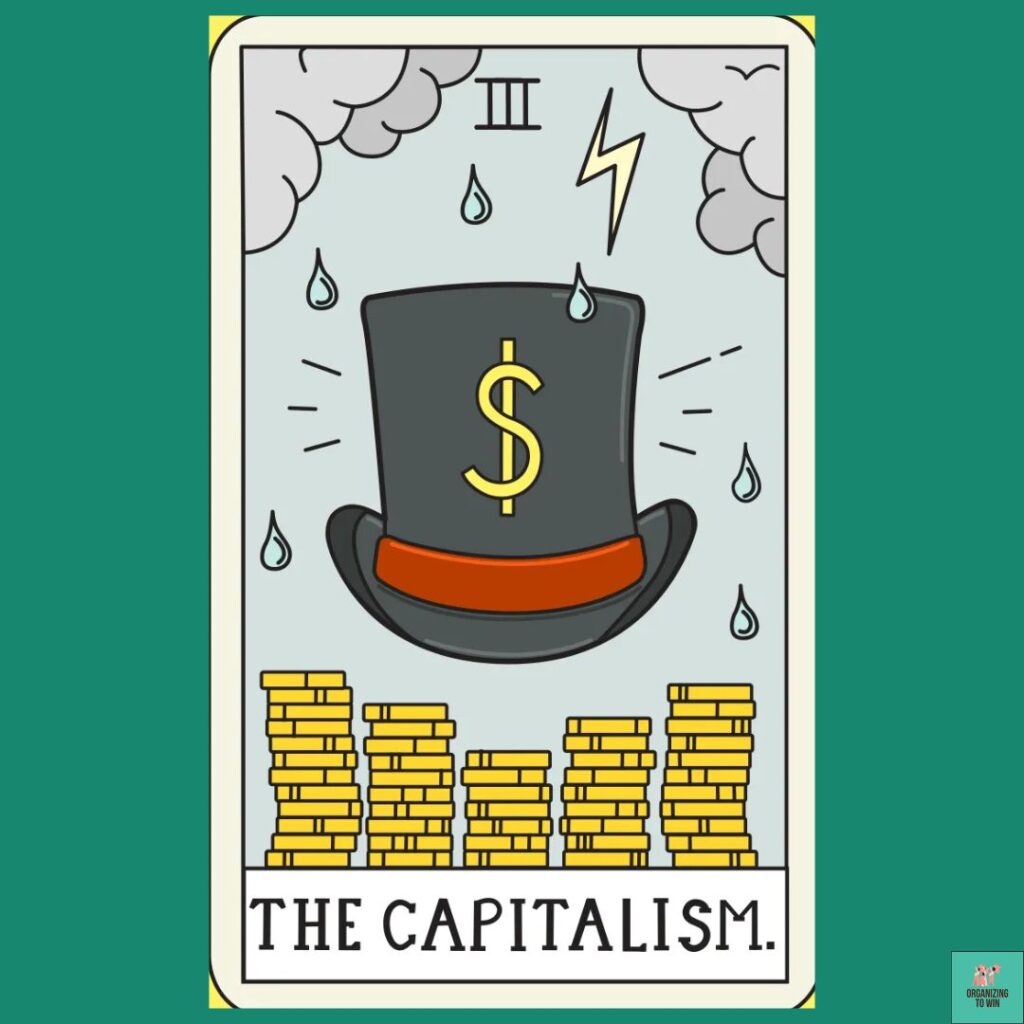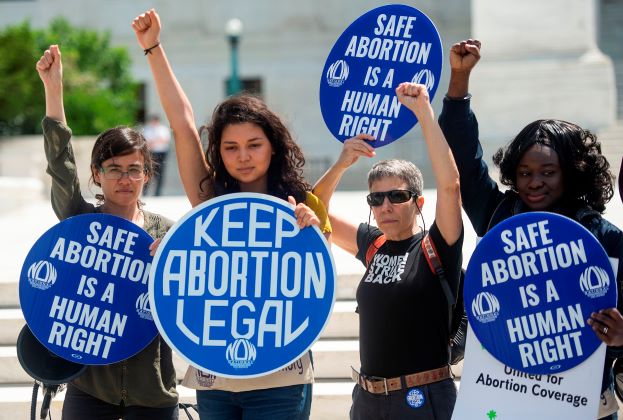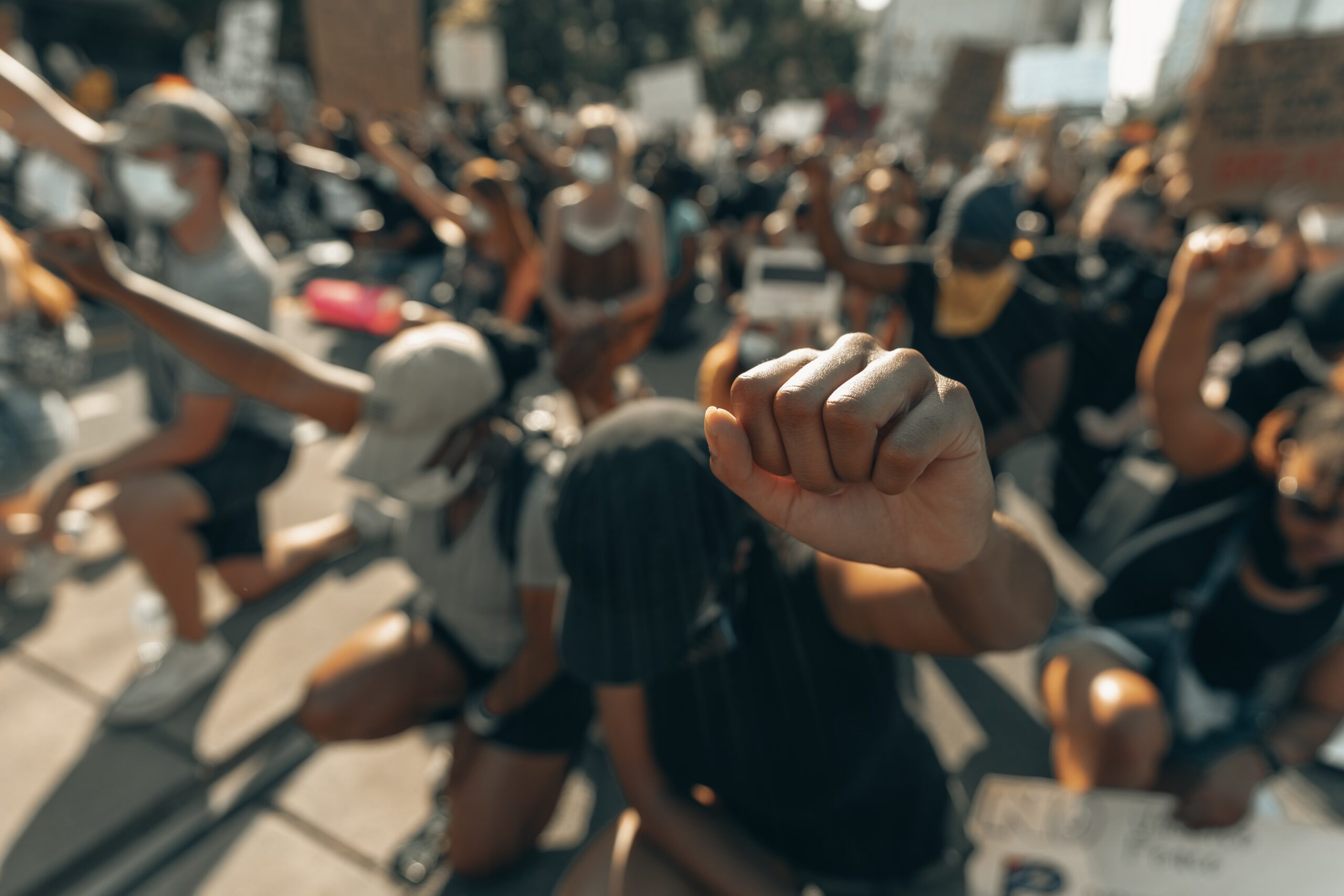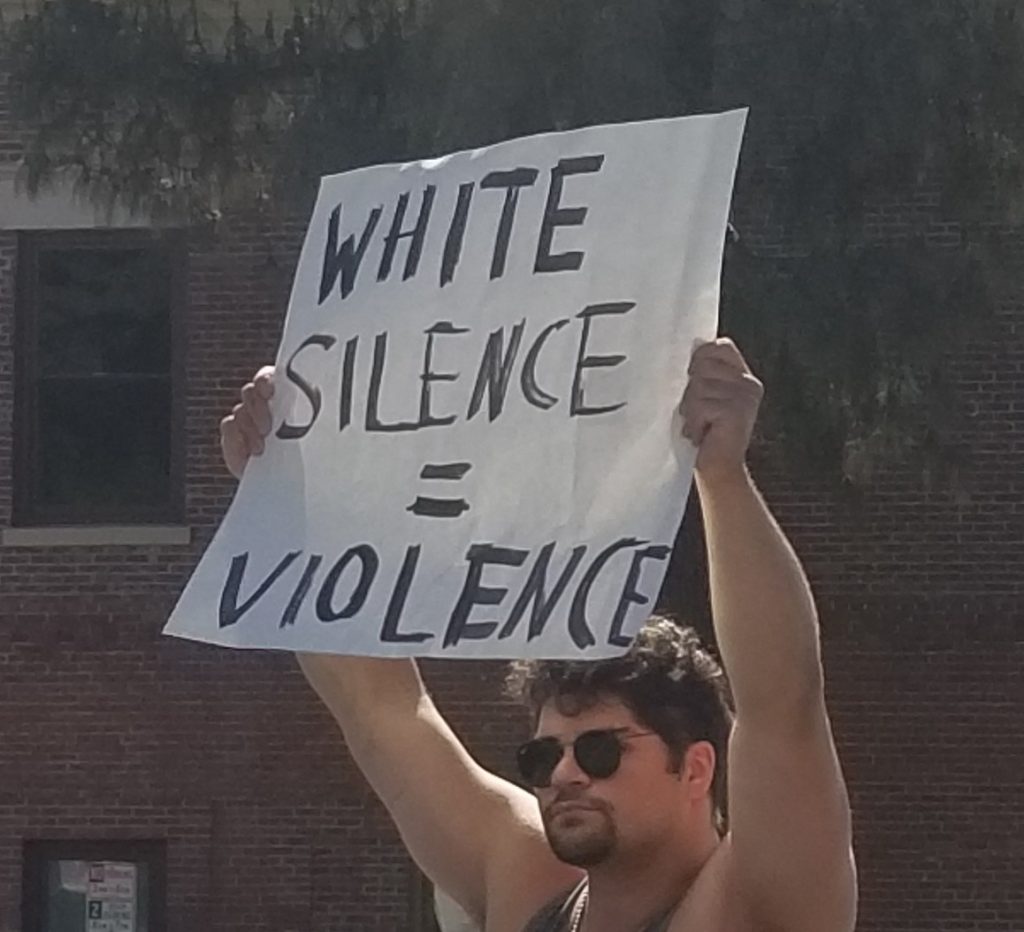In 2023, I continue to recognize all the blessings and just plain good luck in my lives.
❤️ An endlessly supportive family.
💙Good friends I can always count on.
✊🏻Organizing co-conspirators with vision, talent and unwavering commitments to justice.
Here are a few highlights from 2023 at Organizing to Win:

Stephanie Wade’s ground-breaking campaign for city council. As a trans woman, Stephanie built relationships and showed Seal Beach a campaign like they’d never seen before. The city will better for it.
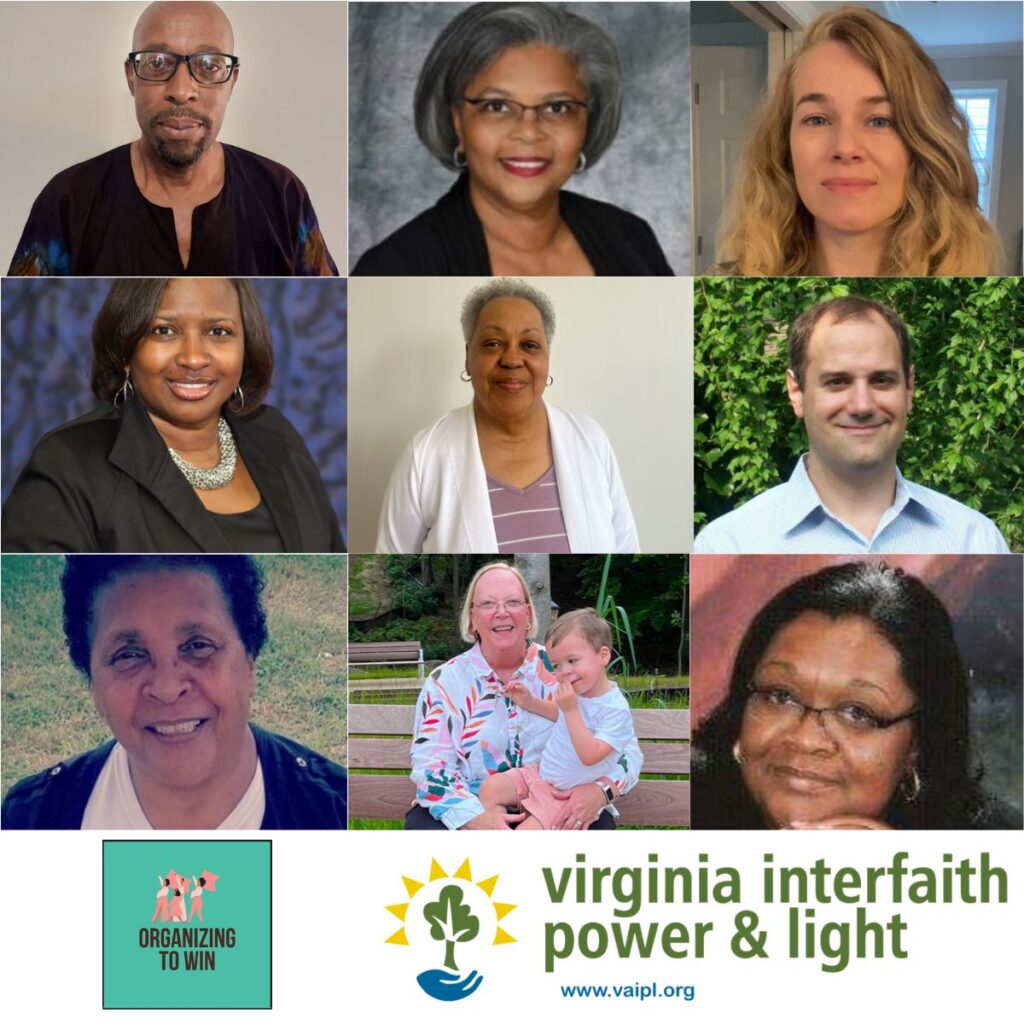
Organizing education with the team at Virginia Interfaith Power and Light. This team is ready to build power for climate justice in Virginia! After our final workshop, one of the organizers wrote “Mira was enlightening and encouraging. I understand better what is expected of me as an organizer. The strategies Mira showed us how to develop for organizing will help us build our power structures and bases!”
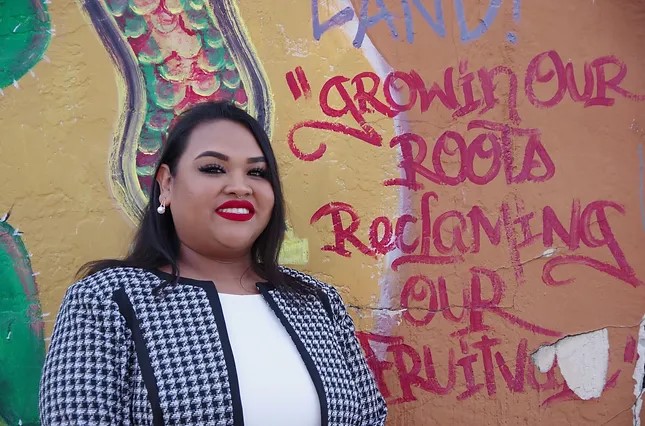
Sasha Ritzie-Hernandez’s campaign to improve parent engagement at OUSD. And oh yeah, for the school board. Sasha became a US citizen in November and filed to run for the school board in January.
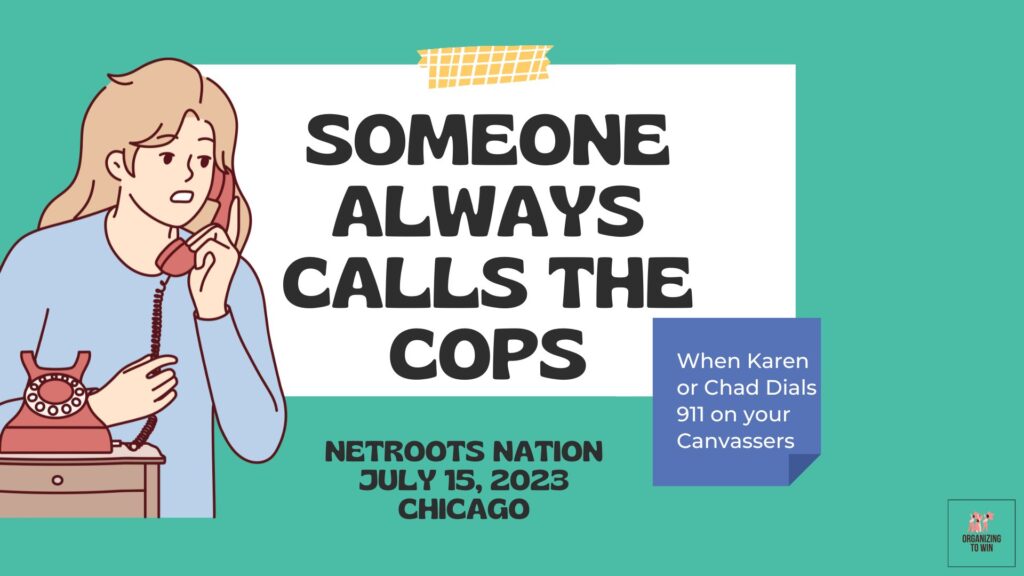
Facilitating a workshop called “Someone Always Calls the Cops: When Karen or Chad Dials 911 on Your Canvassers” at Netroots in Chicago.
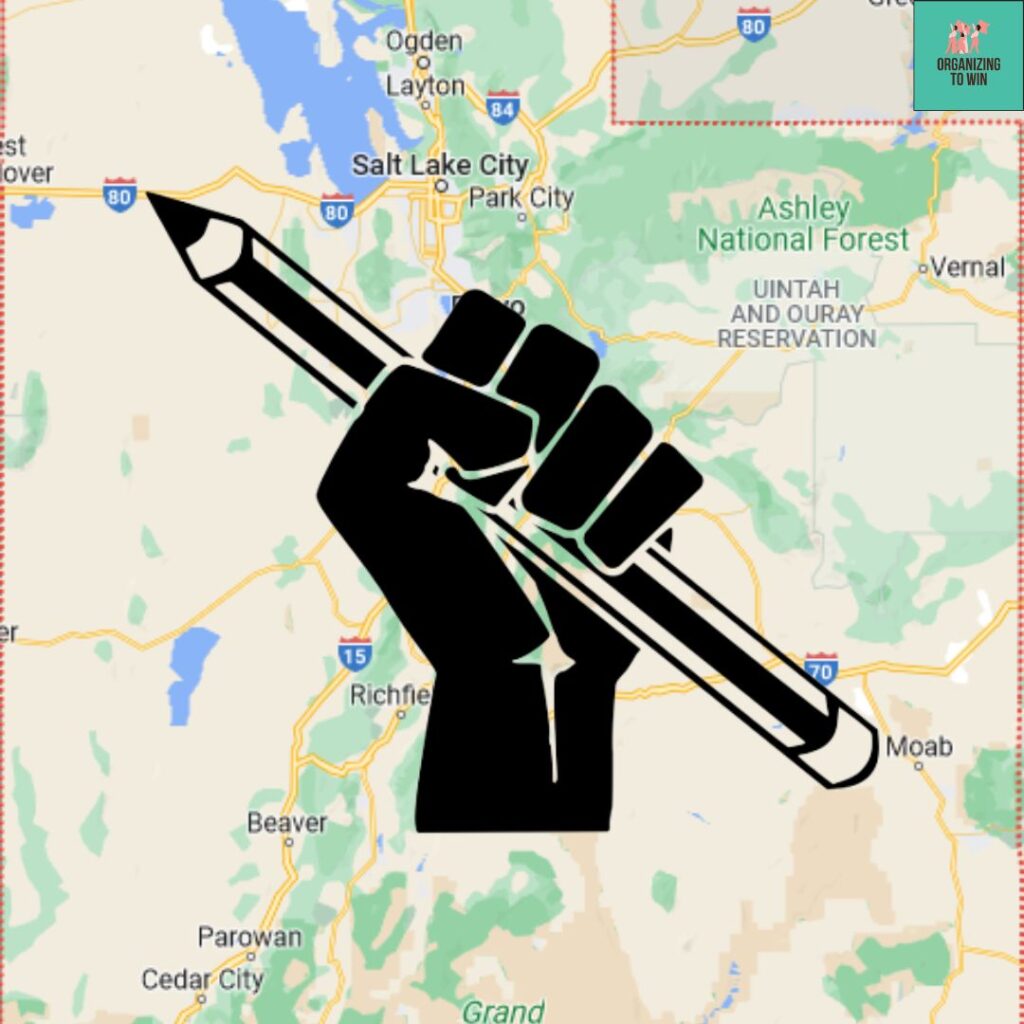
Facilitating organizing education workshops at Raise Up Utah as part of the Innovate Public Schools team. The parents, teachers, students and community members who participated in the weekend-long organizing intensive are on their way to impactful campaigns for education justice in Utah.
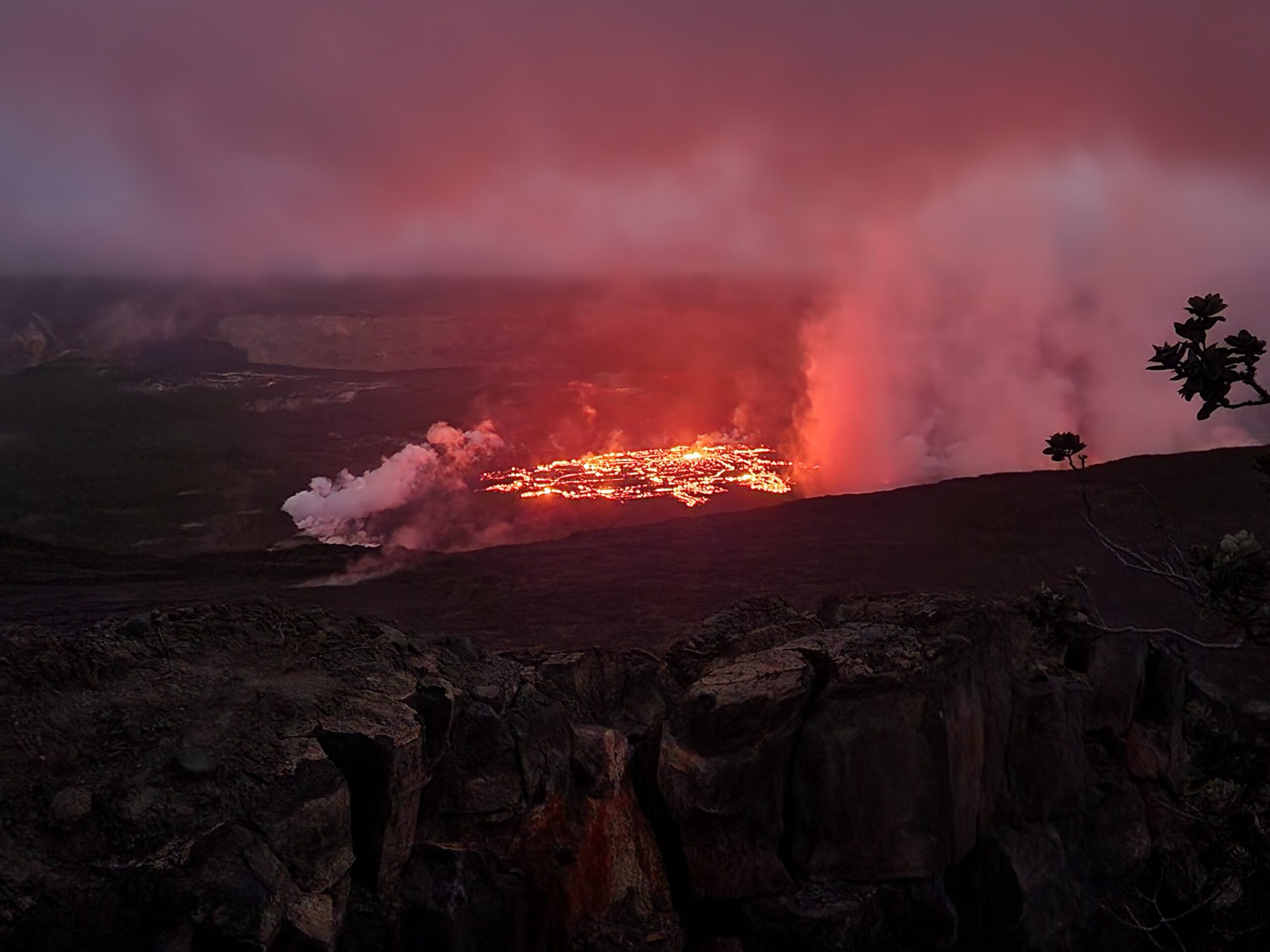
That awesome Hawaii trip with my best friend. (Where sadly, I still had a signal at the bottom of a cliff at the beach. ) The fiery red light in this photo is flowing lava!
What will the new year bring?
Well, for starters. . .
👍🏻A refreshed Disrupting White Supremacy Culture program
👍🏻A series of union jargon explainers
👍🏻Building power in Kern County with members and staff of SEIU 521.
👍🏻A brand new election season
And much more.
I hope 2024 brings you peace, health and justice.
